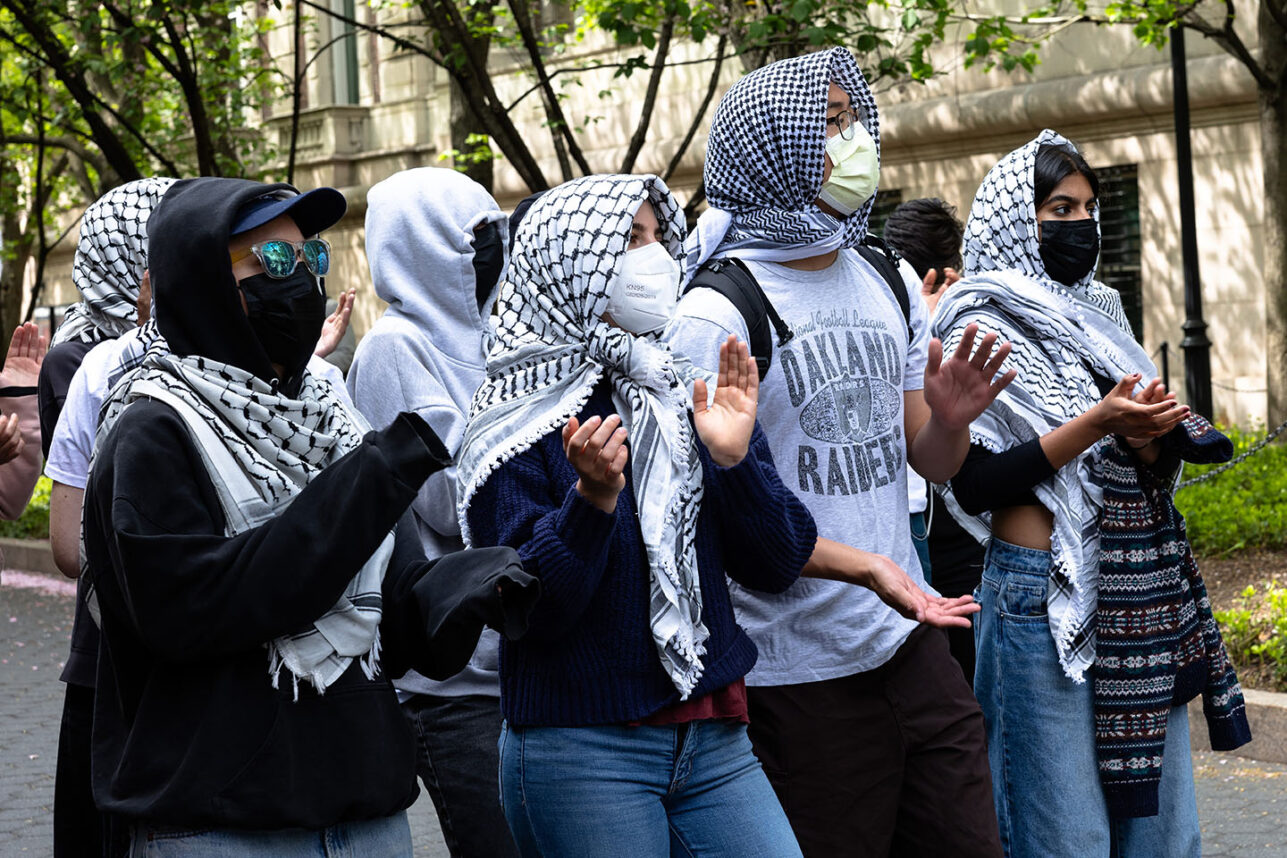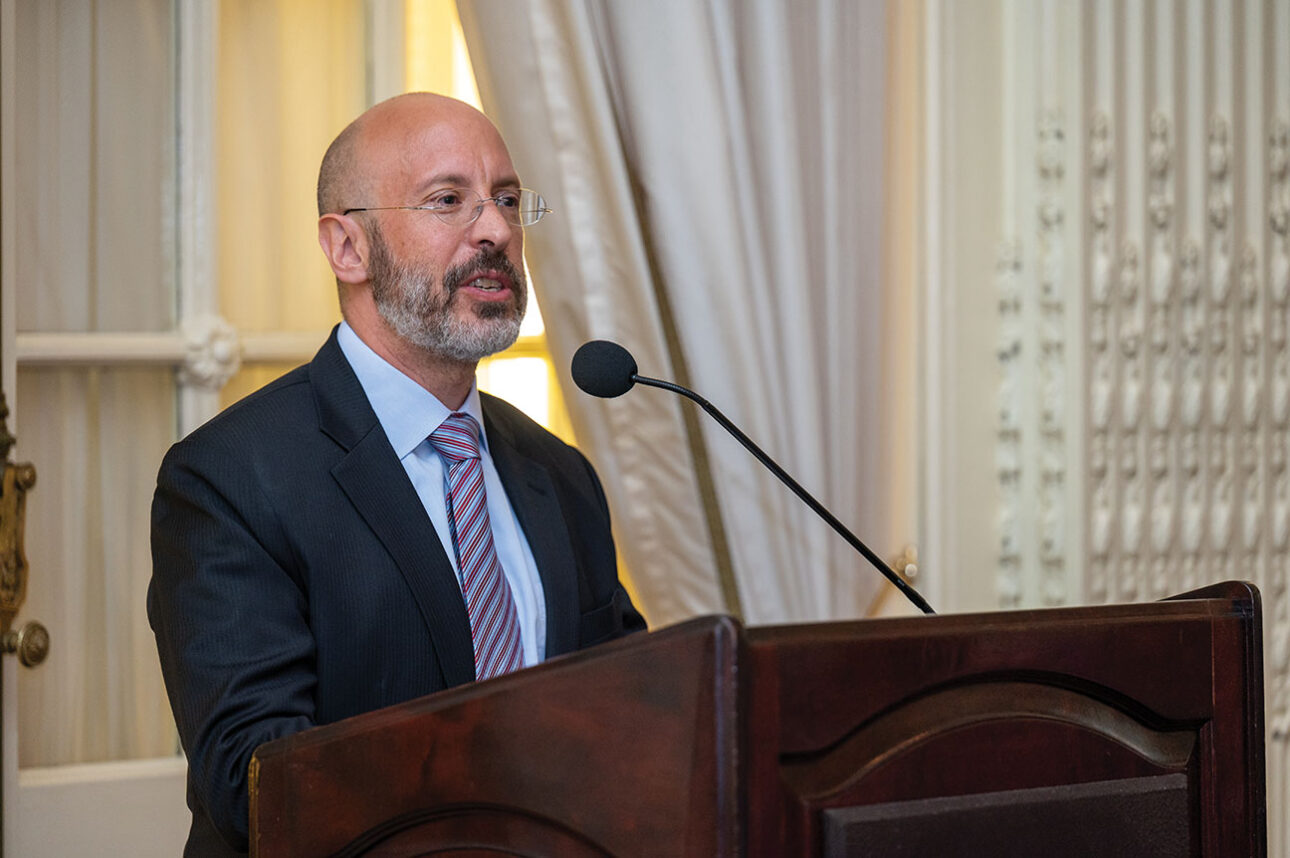For more than 35 years it has been de riguer among American editorialists to talk of Israeli settlements in the West Bank as an obstacle to peace. After all, there are now 121 of them sporting a population of more than 300,000 – a direct intrusion on claimed Palestinian territorial rights and the prospects of Palestinian national sovereignty.
Recent editorials in the Los Angeles Times, Washington Post and New York Times have once again reinforced the central canard in peace plan orthodoxy – for there to be peace, settlements must go.
Most of these editorialists would be deeply surprised to discover that Israeli settlements occupy less than 3% of the area known as the West Bank.
They have perhaps failed to account for the fact that no settlements existed in the first twenty years of the State’s existence and cannot be isolated as one of the reasons five Arab armies invaded the State in 1948 or three did so in 1967.
They forget that Israel has returned nearly 94% of the territory it captured in 1967 to Arab control.
They sidestep the reality that as recently as five years ago, Israel removed 18 settlements in Gaza and 4 in Samaria and only receive rocket attacks in response.
They are historically blind to the existence of records which prove a Jewish presence in several settlements which pre-date not only the establishment of the State but have roots deep in Jewish history. Hebron, Gush Etzion and many suburbs of East Jerusalem are cases in point.
They reject any notion that Jerusalem, Israel’s united capital, should be excluded in the definition of a settlement and not subject to the same routine pummeling that other settlements receive.
They seem oblivious to the impact of Palestinian terrorism on the Israeli psyche and the abiding knowledge that for the past 17 years territorial concessions have not resulted in peace but in campaigns of terror causing death and maiming to thousands of Israeli citizens.
All of this would be sufficient to call into question the editorialists commitment to veracity and truth.
But more than any of this, they fail to consider the impact of either a settlement freeze or the removal of the settlements on the Palestinians themselves.
Perhaps they should be reminded that for the two decades following the Israeli victory in the Six Day War, mortality rates among Palestinians improved by 95%; 27 tertiary education institutions were built; roads were paved; non-existent electricity, plumbing and sewage lines were introduced and the West Bank economy boomed with largely friendly relations existing between the growing settler movement and the native population.
That was until the PLO inspired Intifada set a match to the whole thing and the region went up in flames.
Today tens of thousands of Palestinians depend on jobs in the settlements. The decision of the Palestinian Authority to outlaw such employment will ultimately render 220,000 Palestinian men and women completely dependent on foreign aid.
Settlements sell nearly $500 million in goods to the Palestinians and the Palestinian economy revealed a whopping 10% growth in 2009 largely because of a growing cottage industry which provides inexpensive goods to the settlements.
So “settlement fatigue?” Yes, indeed – fatigue from those editorialists and opinion makers who so cavalierly condemn settlements as ” obstacles to peace” without the slightest notion of how the absence of historical memory subverts the peace process and how mutual growth and cooperation assists both communities.






















 More news and opinions than at a Shabbat dinner, right in your inbox.
More news and opinions than at a Shabbat dinner, right in your inbox.